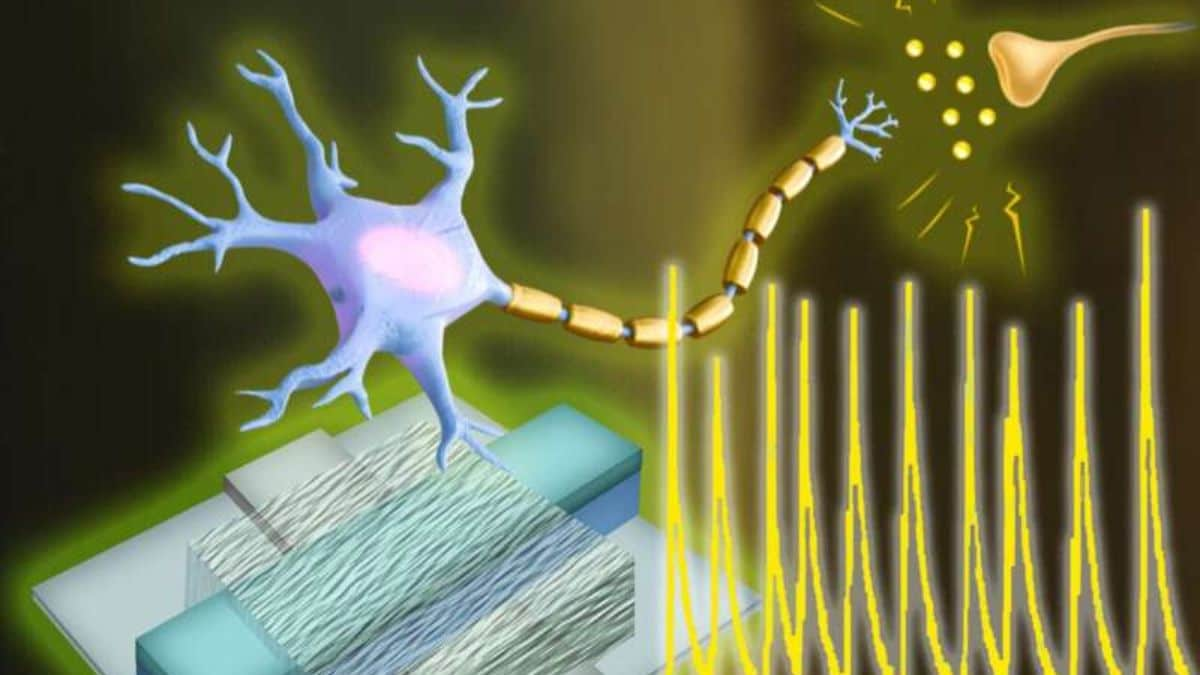A new innovation has surfaced as a team of engineers at the University of Massachusetts have created the first artificial neurons. These newly built neurons comprise the features of electrical functions that certainly makes it close to the biological ones. Considering their previous work where they used protein nanowires synthesized from the bacteria which generates electricity, this innovation can lead to the evolution of efficient computers that work on the biological principles and connect with the living cells, present within a human body.
Understanding Electrical Efficiency of a Human Brain
According to Shuai Fu, lead author of the study published in Nature Communications, Although a human brain processes extensive data, however, the power usage is considerably low, as compared with that of electricity used to run a Large Language Model (LLM) like ChatGPT. Likewise, the human brain's efficiency is unmatchable with an electrical computer one. For instance, as the brain is build with billions of neurons, it would consume only 20 Watts to write a story, while, an LLM may consume over a megawatt to do the same.
About the New Artificial Neurons
Stated by Jun Yao, Senior Author of the Paper, “Comparing the newly built artificial neurons with the previous discoveries, the older artificially developed neurons used 100 times more power and 10 times more voltage to enhance the efficiency. While these artificial neurons consumes 0.1 Volts, just like the human body.”
Takeaway
Fu and Yao's recently built neurons will potentially transform the efficiency of electrical devices. With these neurons, the computers will be able to connect directly with the human brain, without have to perform amplifications. These bio-films will be powered by the human sweat and detect the disease via noses.

Comments
Post a Comment